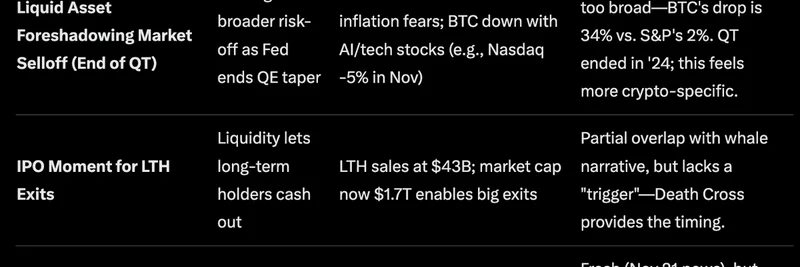In the fast-paced world of crypto, where hype and skepticism collide, a recent tweet from Seb Montgomery highlights a fascinating twist in the Solomon Labs ICO on MetaDAO. With the raise nearing its end, the conversation around prediction markets like Polymarket has taken center stage, showing how FUD—fear, uncertainty, and doubt—can now be turned into cold, hard cash.
Seb, a content creator and GM at Validator.com, shared his thoughts just 30 minutes before the ICO wrapped up. He noted the commitments had hit $46.9 million, far surpassing initial expectations. But the real intrigue lies in how Polymarket's betting pools incentivize users to either hype or trash the project for profit.
As xranga, co-founder of Solomon Labs, pointed out earlier in the day, the ICO had already seen about $3.8 million committed, while $2.7 million traded on Polymarket bets about whether it'd clear certain thresholds. This setup changes the game: FUD isn't just noise anymore; it's a monetizable strategy.
Understanding Solomon Labs and the ICO
Solomon Labs is building a next-gen stablecoin called USDv on the Solana blockchain. Unlike traditional stablecoins, USDv promises high annual percentage rates (APR) for holders, making it attractive for projects looking to grow their treasuries. The ICO, hosted on MetaDAO—a platform known for on-chain governance and community-aligned raises—aimed to raise $2 million but blew past that goal.
MetaDAO's model ensures transparency with binding on-chain decisions, reducing risks like rug pulls. For those new to the term, a rug pull is when project founders suddenly pull out liquidity, leaving investors high and dry. By using markets for governance, MetaDAO flips the script on traditional fundraising.
The screenshot above shows commitments climbing, illustrating the rapid interest. Seb predicts the final tally could land between $50 million and $100 million, highlighting the project's potential to outgrow competitors like Ethena and spotlight Solana.
The Polymarket FUD Phenomenon
Polymarket, a decentralized prediction market platform, allows users to bet on real-world events using crypto. In this case, markets popped up around Solomon's raise amounts—like will it exceed $40 million? or even $100 million. Traders can buy "Yes" or "No" shares, profiting if their prediction holds.
Seb recounts a shady incident: someone with a questionable background allegedly offered $20,000 to Chinese key opinion leaders (KOLs) for promotion. This sparked FUD from Chinese X users, claiming the person was part of the team. While baseless, it shows how financial incentives can amplify agendas.
The beauty—or irony—of MetaDAO and Solomon is their market-centric ethos. You might win short-term on Polymarket by spreading FUD, but you could miss out on long-term gains if the project succeeds. As Seb puts it, Solomon could become the top stablecoin on Solana, boosting the ecosystem.
Implications for Meme Tokens and Beyond
While Solomon isn't a pure meme token, the dynamics here mirror the wild world of meme coins. In meme token launches, hype cycles and FUD wars are common, but adding prediction markets elevates the stakes. Traders now have tools to hedge or exploit sentiment, much like in volatile meme pumps.
For blockchain practitioners, this underscores the evolving attack surface in raises. FUD is no longer just reputational damage; it's a tradable asset. Projects like Solomon demonstrate resilience through transparent mechanisms, offering lessons for meme token creators aiming to build lasting value.
If you missed the ICO, Seb advises watching for next steps, like DAMM V2 pools on Meteora—advanced liquidity tech to manage yields without blasting the charts. And for ongoing alpha, he plugs his YouTube for high-conviction project coverage.
This blend of markets, incentives, and community governance is pushing crypto forward. Whether you're in for the memes or the tech, keeping an eye on platforms like MetaDAO and Polymarket could be your edge in the next big raise.




